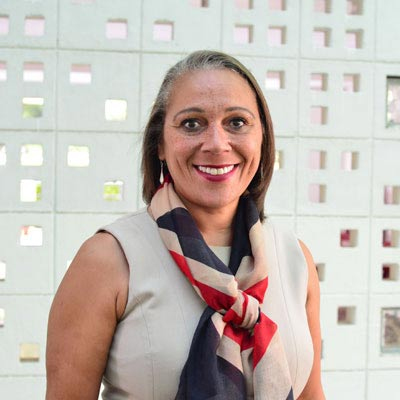When the world went dark with the news about Italy sending dead bodies to another city as it was running out of burial grounds, it was not the exponentially spreading COVID-19 which became the biggest challenge. It was the hopelessness and the growing uncertainty which clouded every aspect of human life. Educational institutions faced the test of putting their technological resources at the forefront and were forced to carry out online programmes which would have taken years to be implemented. There can be no doubt that the beginning of the preparation for transition from face-to-face to virtual education was not smooth. The provision for virtual education was present in the tertiary sector, and some organisations had programmes which supported students through online guidance and resources. However, when the pandemic broke out, they were pressured into transitioning completely to an online system which required that they and all of us had plans for approaching the curriculum through virtual platforms; and the biggest challenge fell in the share of primary and pre-primary students.

The first challenge was the limited inclusion of technology in the existing curriculum since much of the learning is hands on. Majority of teachers are trained to teach in the classroom and are not used to addressing students through virtual platforms. Hence, many of them struggled to connect during the initial phase and realised that significant effort would be required to learn something completely new. Also, a significant percentage of primary and pre-primary teachers are middle-aged, and some even nearing their retirement, which meant that streaming classes and preparing homework became a greater challenge for them. Nevertheless, when the initial phase of transition was over, the world witnessed the teaching sector emerging as one of the fastest transitioning professions.
Teachers are not only ensuring that students bear the changes well but are also helping parents who have to manage changes in their working schedule along with their children’s education. It is even more problematic for stay at home parents who no longer get a window of support for completing chores while their children are at school or attending other activities. They now have to manage household chores and their children’s education together.
It is seen that an exciting and attention-grabbing lesson can keep children completely engaged without the need for being supervised. However, interaction over virtual platforms becomes tricky while dealing with twenty or more students at once; it is trickier for teachers from third world countries where, due to the population, each classroom is likely to be double or even triple that number. Teachers’ problems do not end here as there are network and connectivity issues that children of young age are not be able to understand and process.
 Despite having their own families and commitments, teachers have strived to ensure that students are kept busy to avoid hopelessness from not being able to meet their friends. Their preparation of home assignments helps students to stay busy till the chain of the virus spread is broken and they can return to ‘normal’ school.
Despite having their own families and commitments, teachers have strived to ensure that students are kept busy to avoid hopelessness from not being able to meet their friends. Their preparation of home assignments helps students to stay busy till the chain of the virus spread is broken and they can return to ‘normal’ school.
Teachers across the world have also made provisions for children who are first-generation learners and provided telephonic support to guide them through their learning. We have also supported the many parents who would be unable to continue the education of their children without us. We should never underestimate the fantastic job that we are doing and the difference that we continue to make in our students’ lives.
